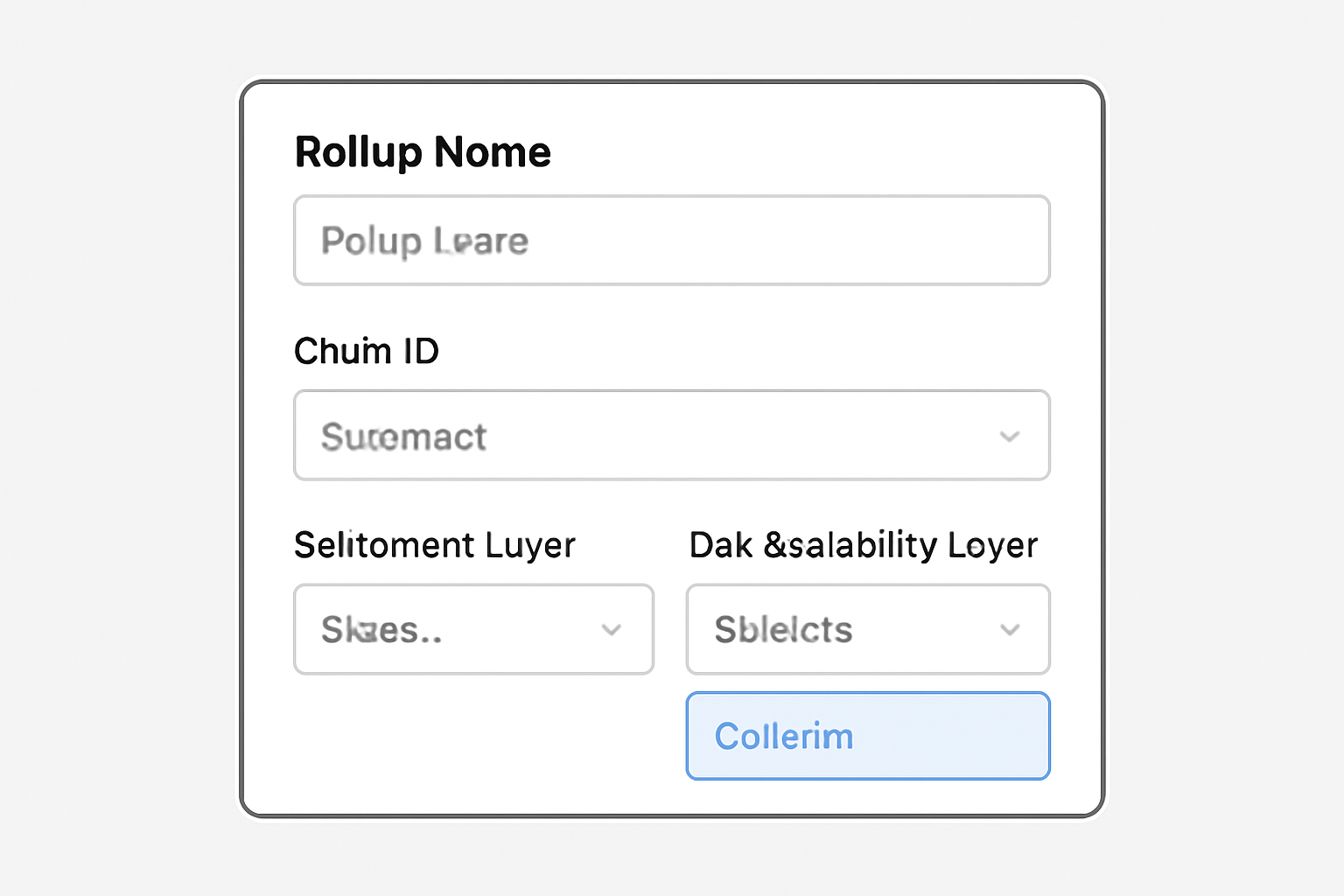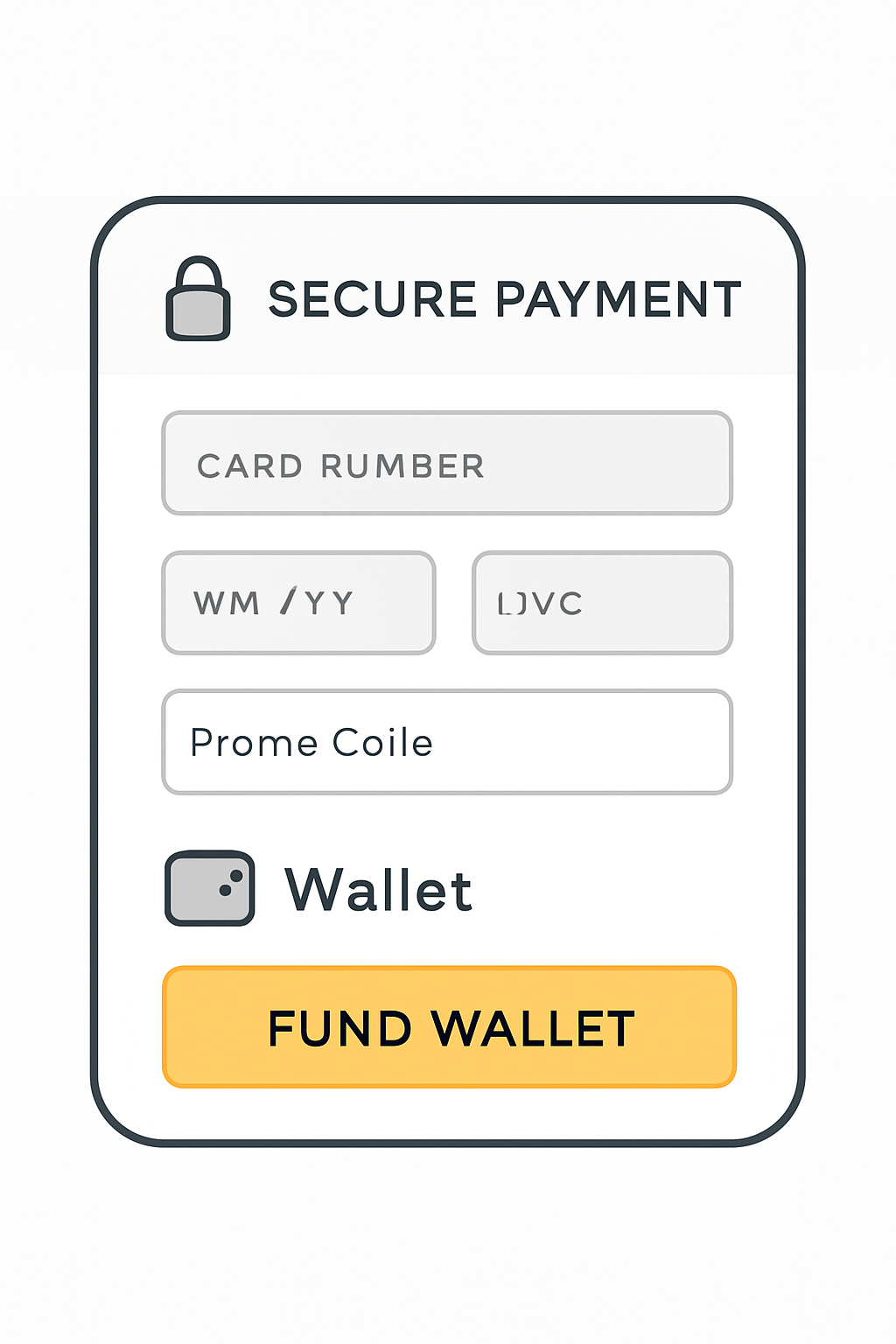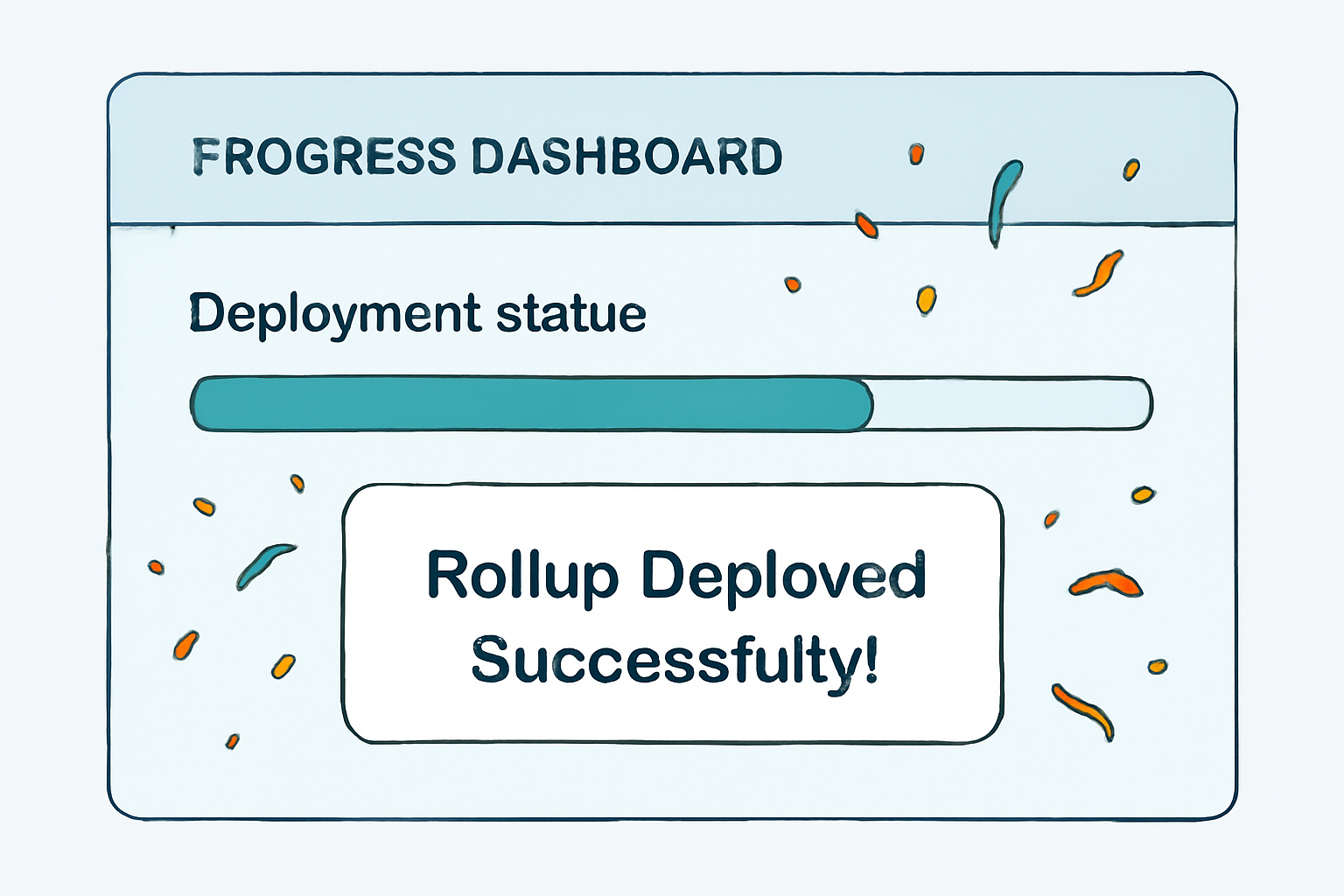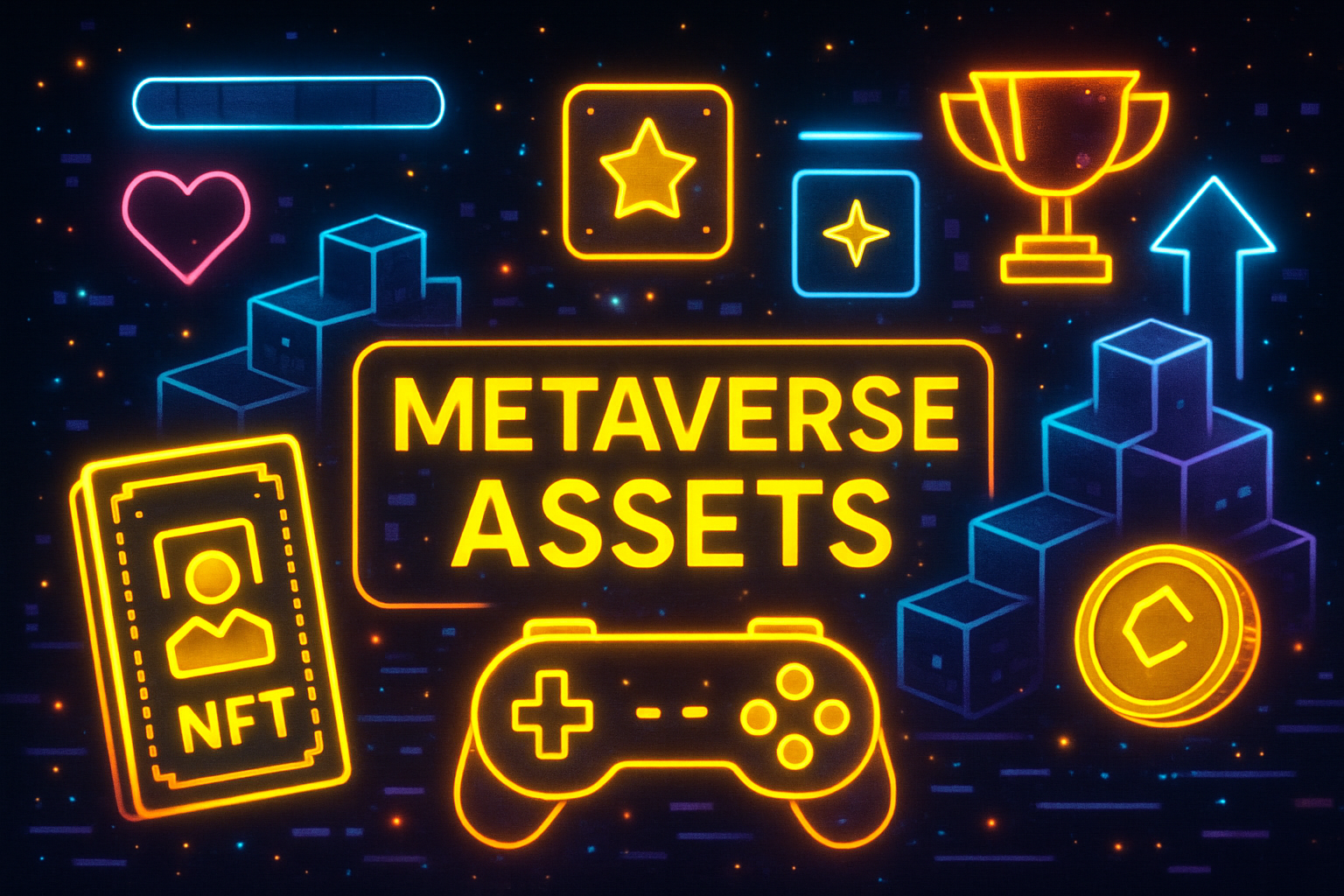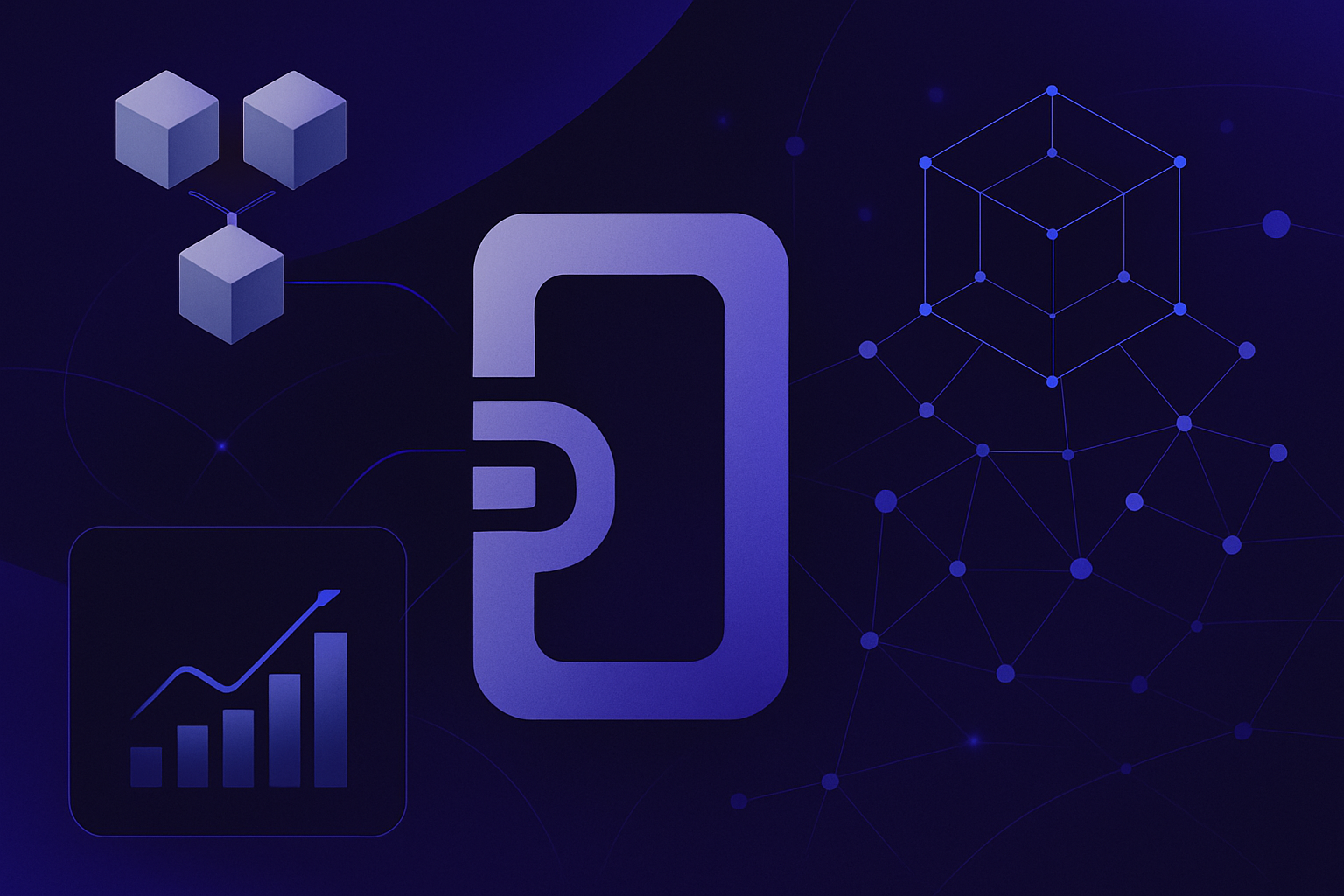
Deploying a custom rollup on Celestia has never been more accessible, thanks to the rise of Rollup-as-a-Service (RaaS) providers like Conduit. Whether you’re a seasoned blockchain developer or just entering the modular blockchain space, the Conduit framework streamlines the entire process. In this guide, we’ll break down the practical steps and critical decisions involved in launching your own rollup on Celestia, leveraging the latest tools and best practices.
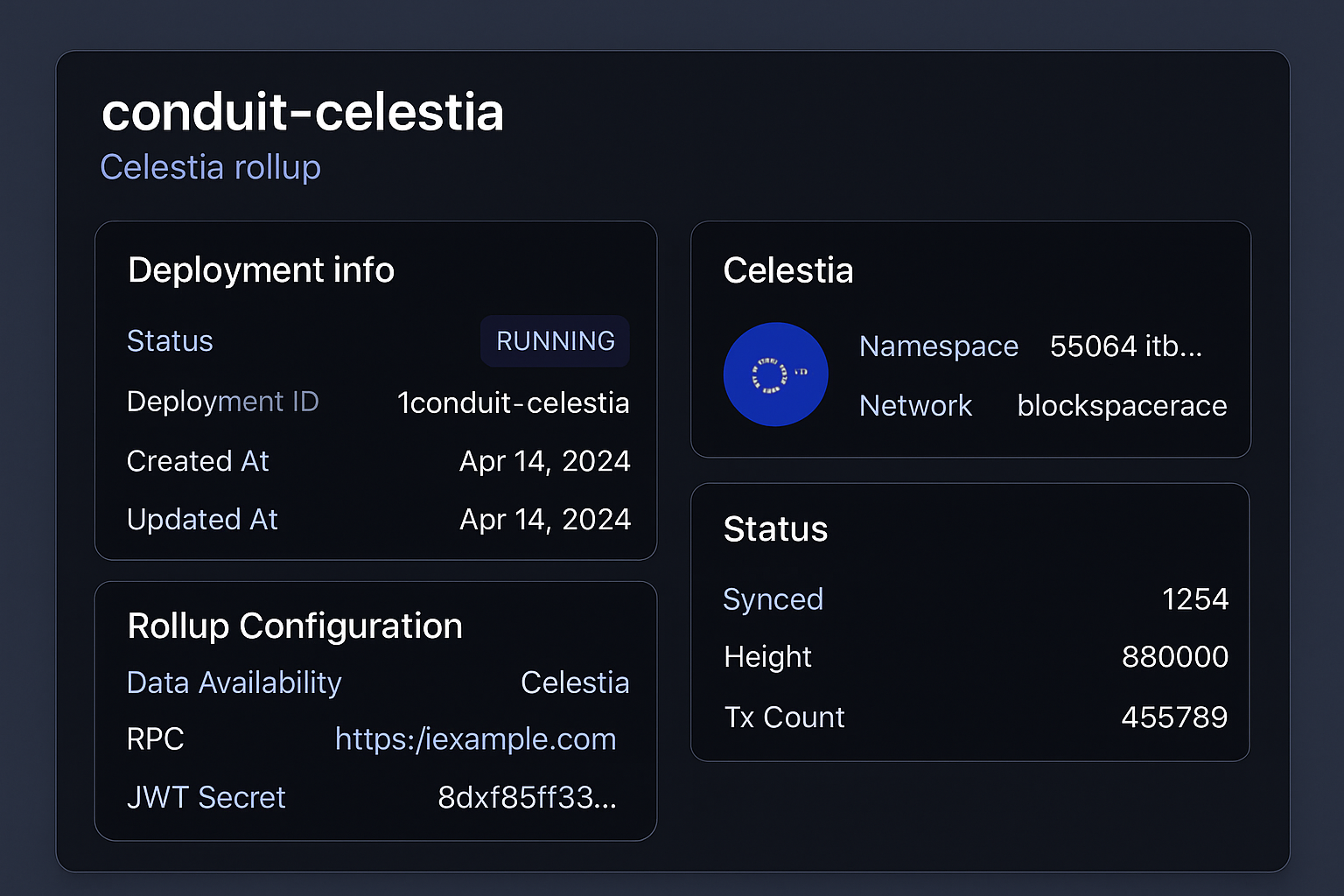
Why Deploy a Custom Rollup on Celestia?
Celestia is at the forefront of modular blockchain architecture, offering a dedicated data availability layer that decouples consensus from execution. By deploying your rollup on Celestia, you unlock significant scalability, lower transaction costs, and flexible settlement options. Integrating with Conduit further reduces operational overhead, allowing you to deploy in minutes instead of weeks.
The modular approach means you can choose your preferred execution environment (such as OP Stack or Arbitrum Orbit), select a settlement layer (Ethereum, Base, Zora, or Mode), and rely on Celestia for efficient data availability. This flexibility is driving adoption from teams like Aevo and Lyra, who’ve already migrated to Celestia for its cost savings and performance gains.
Step-by-Step: Starting Your Rollup Deployment
Let’s walk through the essential steps for deploying a custom rollup on Celestia using the Conduit framework. The process is permissionless and streamlined, making it possible to go from concept to mainnet in under 15 minutes.
- Access the Conduit App: Visit the Conduit application and log in with your credentials. Click ‘Deploy a Rollup’ to begin.
- Configure Rollup Details: Enter a unique rollup name and choose a chain ID (double-check against Chainlist to avoid conflicts). Decide on your tech stack (OP Stack, Arbitrum Orbit), settlement layer, and select Celestia as the data availability layer. For production, pick the ‘Mainnet’ environment.
- Billing and Funding: Add your billing details (credit card or promo code) and ensure the deployer wallet has enough funds for deployment fees. You can connect an existing wallet or transfer funds to the provided address.
- Launch: Review your configuration and hit ‘Deploy’. The system will provision your rollup, handle infrastructure, and provide you with endpoints once live.
For a more detailed technical breakdown, see our step-by-step guide for developers.
Key Benefits: Modular Blockchain Deployment with Conduit
Conduit’s RaaS platform is designed to remove complexity from the deployment process. Here’s why it stands out for modular blockchain projects:
Top Benefits of Using Conduit for Celestia Rollup Deployment
-
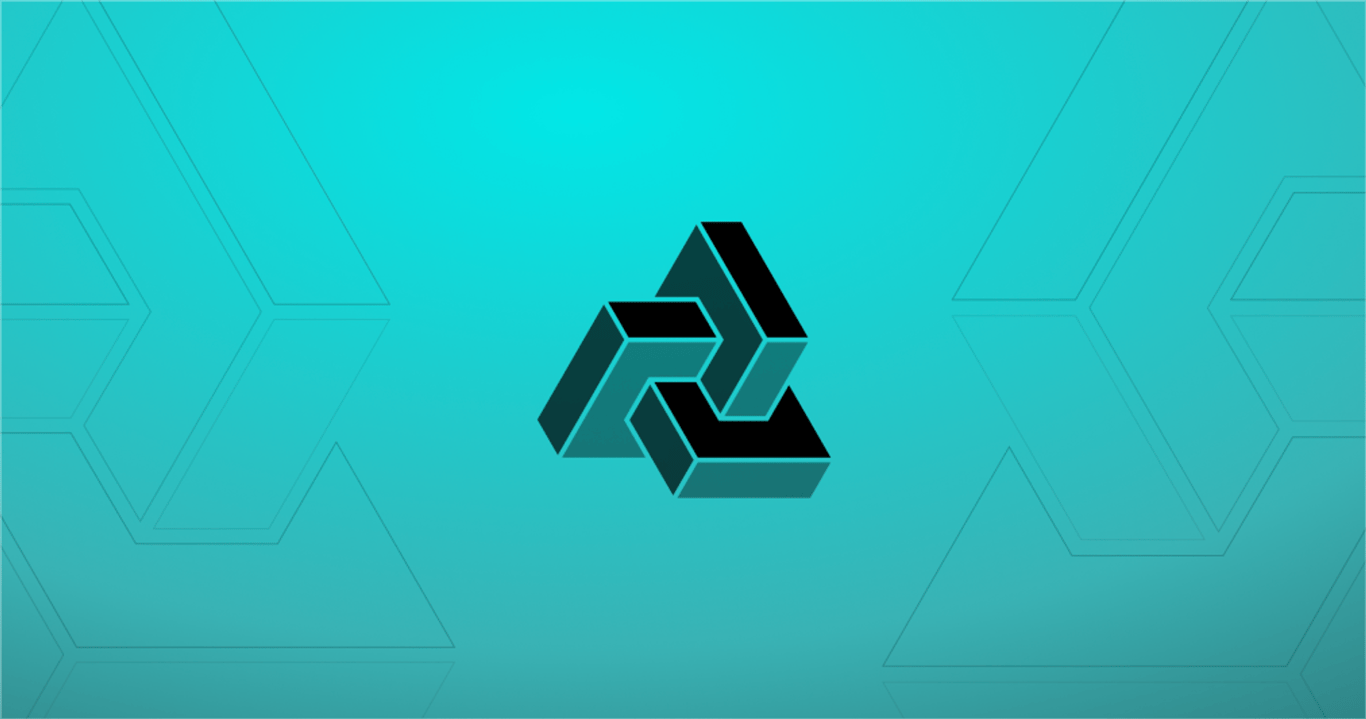
Rapid, No-Code Deployment: Launch a custom rollup on Celestia in minutes, without writing any code—just a few clicks via Conduit’s intuitive web app.
-
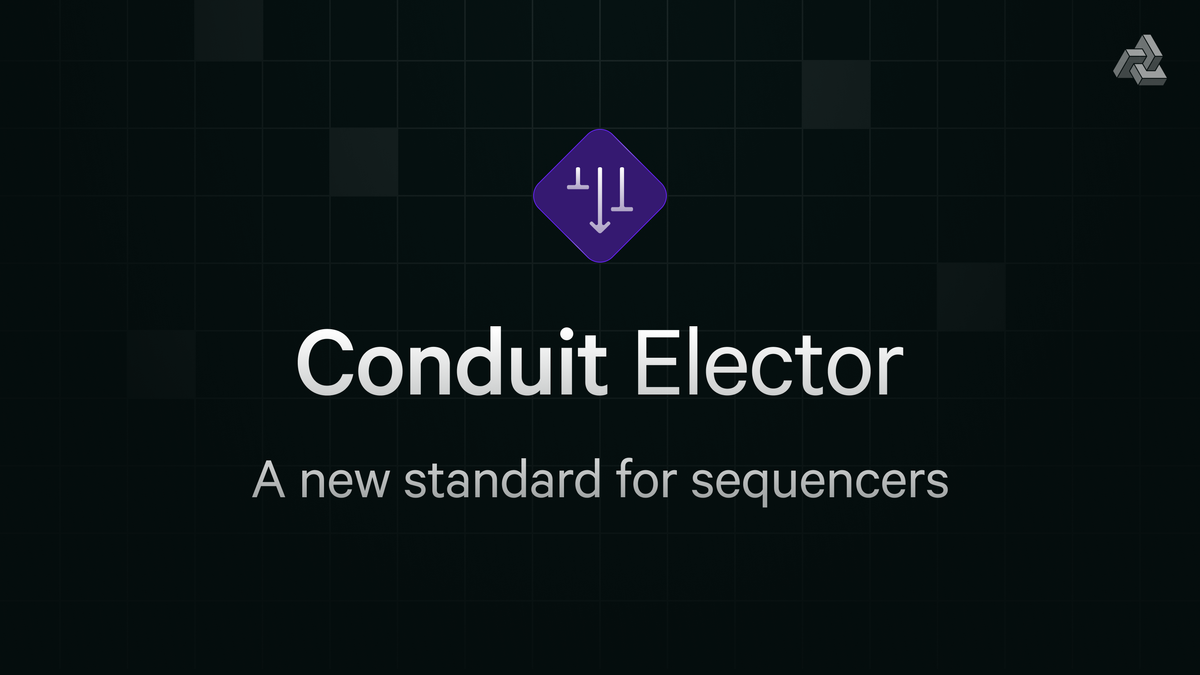
Permissionless Mainnet Access: Deploy directly to mainnet or testnet without sales calls or approvals, empowering developers to launch on their own terms.
-
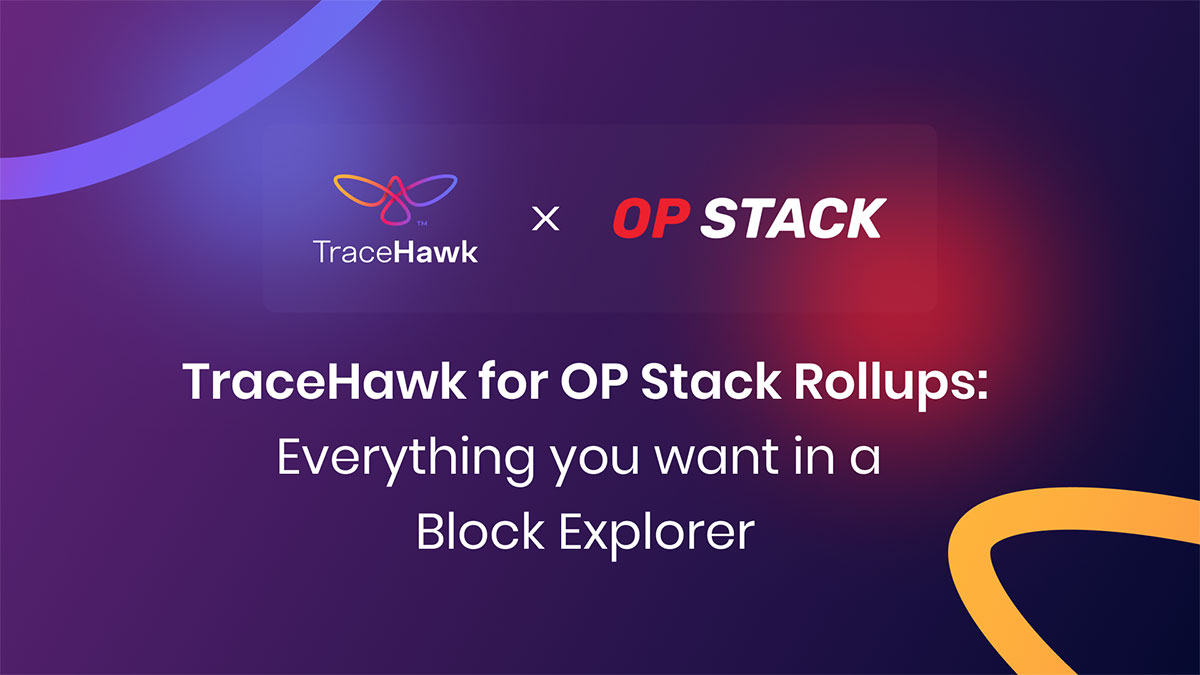
Flexible Tech Stack Selection: Choose from leading rollup frameworks like OP Stack or Arbitrum Orbit, and select Celestia as your data availability layer for modular scalability.
-
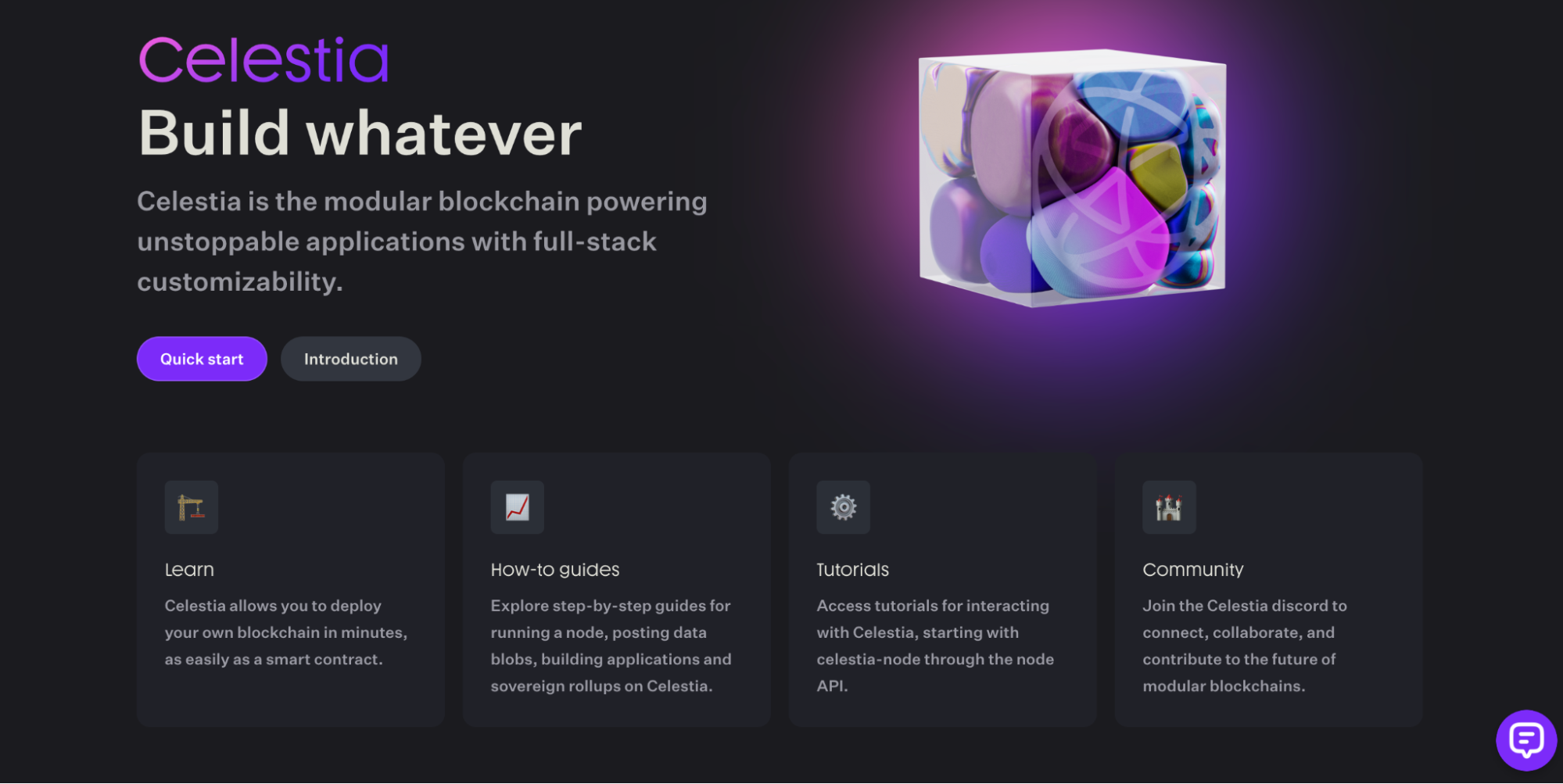
Significant Cost Savings: Integrating Celestia as the data availability layer offers substantial cost reductions compared to traditional Ethereum-based solutions, making rollup deployment more affordable.
-
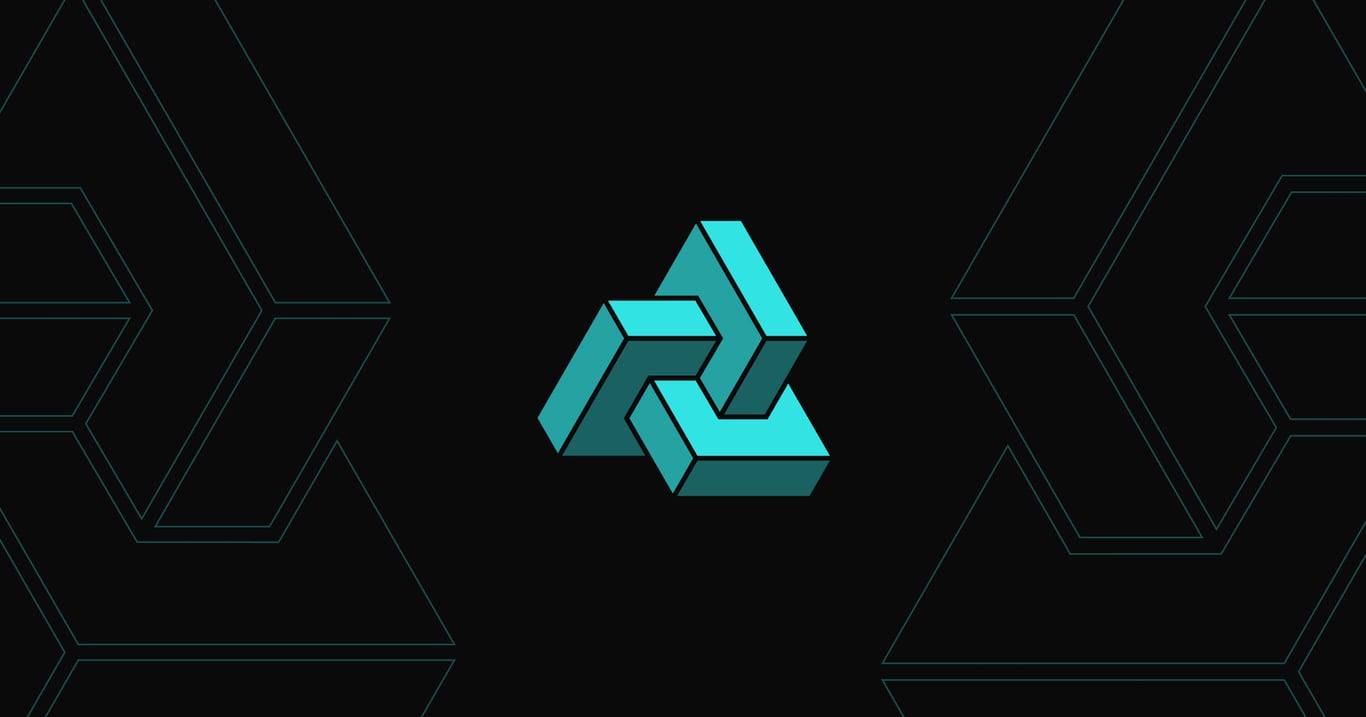
Fully Managed Infrastructure: Conduit handles the operational complexity, including billing, wallet management, and ongoing maintenance, so you can focus on building your application.
-
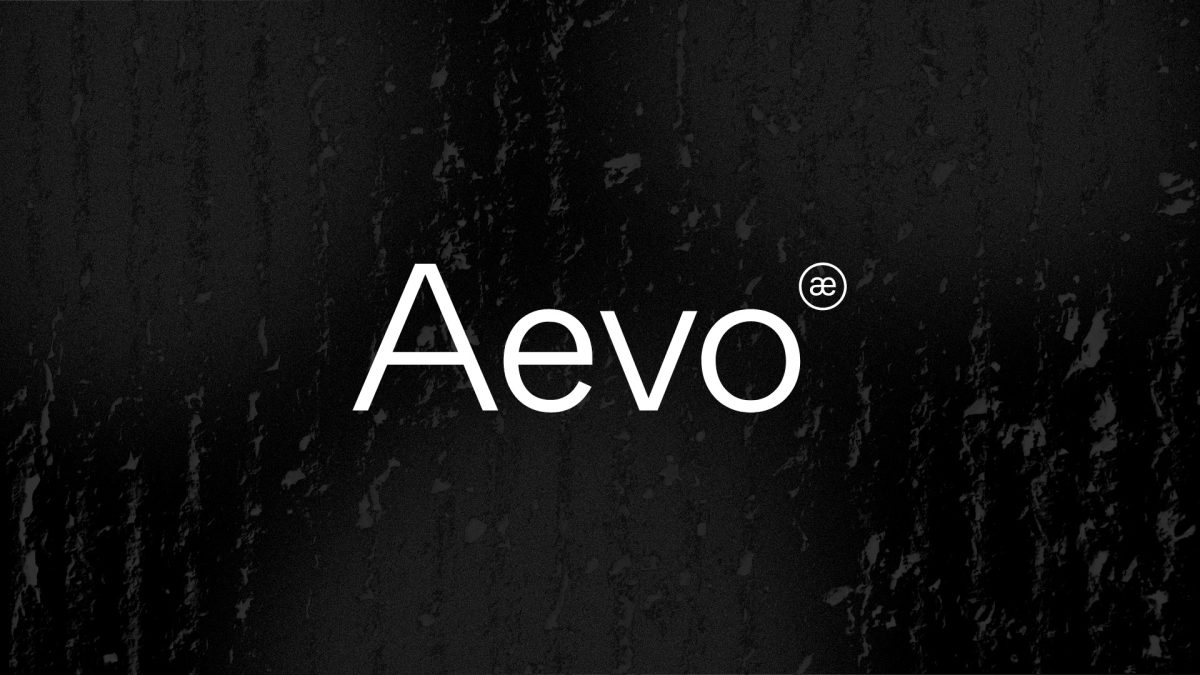
Proven by Leading Teams: Trusted by high-profile projects like Aevo and Lyra, Conduit has a track record of supporting successful rollup migrations and deployments.
- No code required: Launch mainnet or testnet rollups without touching a line of code.
- Rapid deployment: Go live in under 15 minutes, compared to traditional multi-week setups.
- Cost efficiency: Layer 3 rollups on Celestia can be deployed for as little as $50, dramatically undercutting Ethereum-based solutions.
- Scalability: Modular stacks enable you to scale execution and data layers independently, optimizing for your app’s needs.
- Managed infrastructure: Conduit handles node operations, monitoring, and upgrades, letting you focus on building.
Pro tip: Always verify your rollup’s chain ID before deploying to avoid conflicts with existing networks. This is especially important as more projects enter the modular ecosystem.
What to Expect After Deployment
Once your rollup is live, you’ll receive endpoints for RPC, sequencer, and block explorer access. You can immediately start building dApps or integrating with existing modular infrastructure. The flexibility to customize your tech stack and settlement layer means you can fine-tune your rollup for specific use cases, whether that’s DeFi, gaming, or enterprise solutions.
Next, we’ll dive deeper into advanced customization options, post-deployment management, and tips for scaling your Celestia-based rollup. Stay tuned for actionable insights that will help you get the most out of your modular blockchain deployment.
Advanced Customization: Optimizing Your Rollup on Celestia
After your rollup is deployed, the real power of modular architecture comes into play. With Conduit and Celestia, you’re not locked into rigid templates. You can fine-tune everything from gas parameters to whitelisting contracts, sequencer rotation, and even integrate custom execution logic. This is where the flexibility of a modular stack shines, whether you want to enable new settlement options or experiment with Layer 3 (L3) configurations for ultra-low fees, the stack is yours to shape.
For developers looking to push boundaries, Celestia’s data availability layer offers robust support for scaling dApps and experimenting with novel rollup architectures. You can also leverage Conduit’s managed infrastructure to automate upgrades, monitor performance, and respond to network events without manual intervention.
Monitoring and Scaling: Best Practices
Managing your rollup post-deployment is critical for reliability and growth. Conduit provides a unified dashboard for tracking uptime, throughput, and transaction metrics. Set up alerts for sequencer downtime or unusual activity to keep your network healthy. For scaling, consider these best practices:
- Regularly review chain metrics: Monitor block times, gas usage, and transaction throughput to identify bottlenecks.
- Upgrade proactively: Take advantage of managed upgrades from Conduit to stay compatible with evolving frameworks.
- Community engagement: Foster a developer community around your rollup, open-source modules and documentation can accelerate adoption.
If you’re interested in a deeper technical dive into optimizing performance or troubleshooting common issues on Celestia-based rollups, our guide on building and deploying with Celestia’s data availability layer is a must-read.
Frequently Asked Questions
Deploying a custom rollup on Celestia with Conduit is not just about speed, it’s about unlocking the full potential of modular blockchain design. With permissionless access, affordable deployment (as low as $50 for L3s), and robust support for customization, you’re equipped to build next-generation decentralized applications at scale.
Ready to take the next step? Explore our developer’s step-by-step guide for an in-depth walkthrough or jump straight into advanced configurations with our modular blockchain tutorials. The future of scalable, flexible blockchain infrastructure is here, and it’s never been easier to get started.


